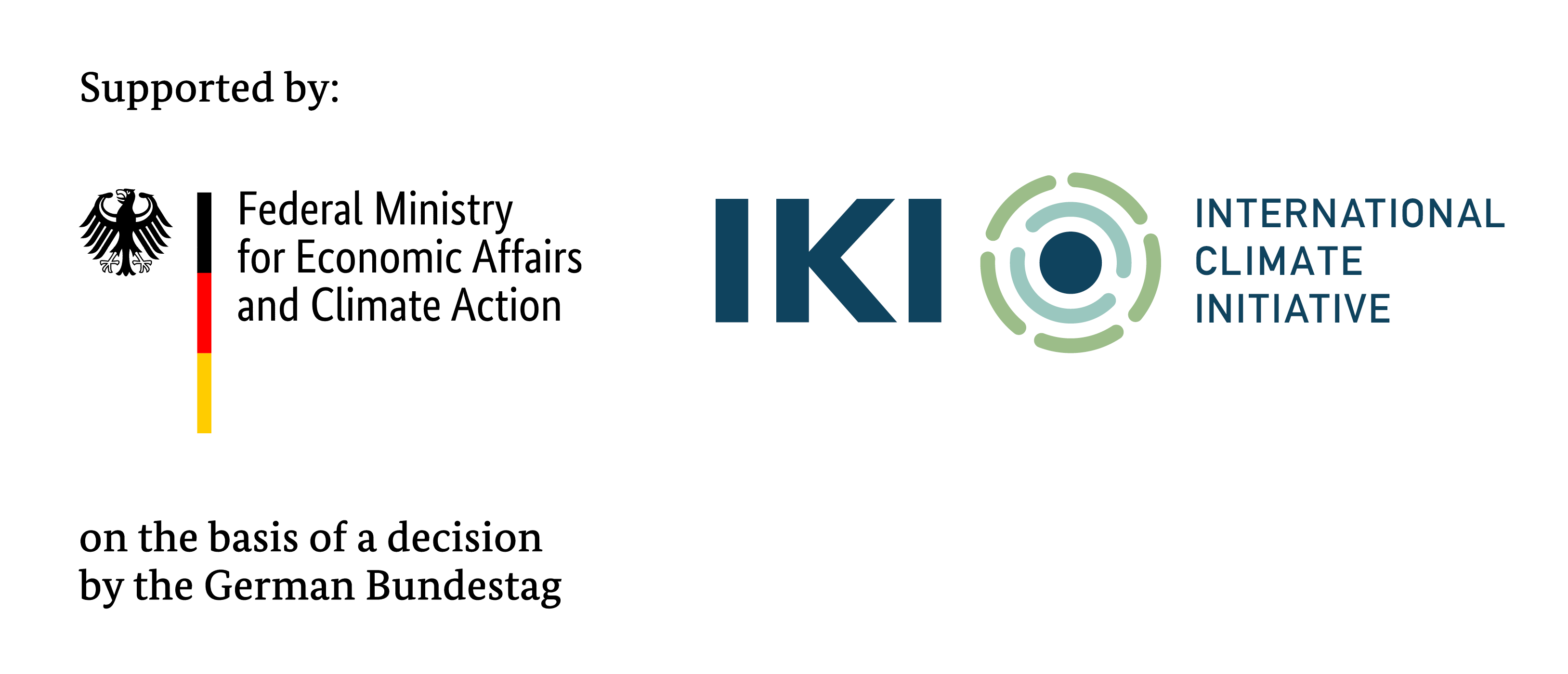Climate change has also increased the challenges for urban development outside Europe. Within the framework of the international climate protection initiative (IKI), the methodology for the city analysis of the Morgenstadt City Lab is therefore being adapted to the conditions in emerging countries. Fraunhofer IGB is involved in the fields of water supply, wastewater treatment and flood protection and heads the City Lab in Kochi, India.
MGI – Morgenstadt Global Smart Cities – global approach, local solutions
Challenge: Adaption to climate change
In recent years, the Fraunhofer Morgenstadt network has supported many developments in the field of Smart Cities, mainly in Europe. However, especially in the context of climate change, the challenges for urban development outside Europe are much greater. Due to different framework conditions, cities in these regions also require alternative approaches compared to Europe.
Adapted methodology for emerging countries
For this reason, as part of the international climate protection initiative (IKI) of the German Federal Ministry for the Environment, Nature Conservation, Nuclear Safety and Consumer Production (BMUV), the methodology for the city analysis of the Morgenstadt City Lab is now being adapted to the conditions in emerging countries. In this context, the Morgenstadt City Labs will be carried out in the following three exemplary cities: Kochi (India), Saltillo (Mexico) and Píura (Peru). The aim is to use these analyses to identify potential actions for climate protection and adaptation to climate change in the three cities.
IGB manages city lab in Kochi, India
Fraunhofer IGB is involved here in the field of water supply, wastewater treatment and flood protection. The institute also manages the City Lab in Kochi, not least because of its many years of experience in India. In Kochi and Saltillo the two‑week onsite assessments were scheduled for the first half of 2020. Here important parties from the respective cities were interviewed and initial ideas for measures developed on the basis of a deeper understanding of the interdependencies in these cities.
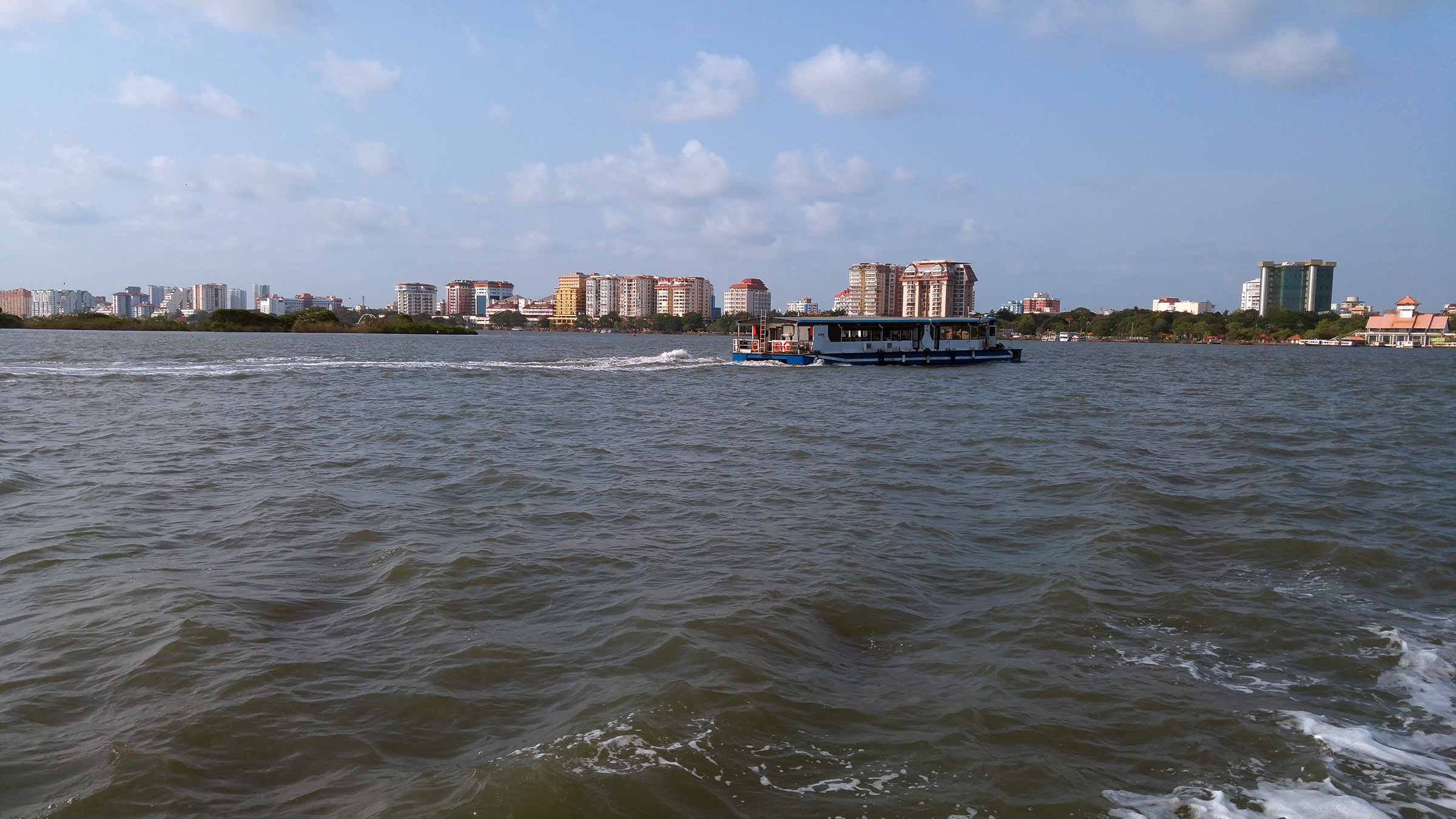
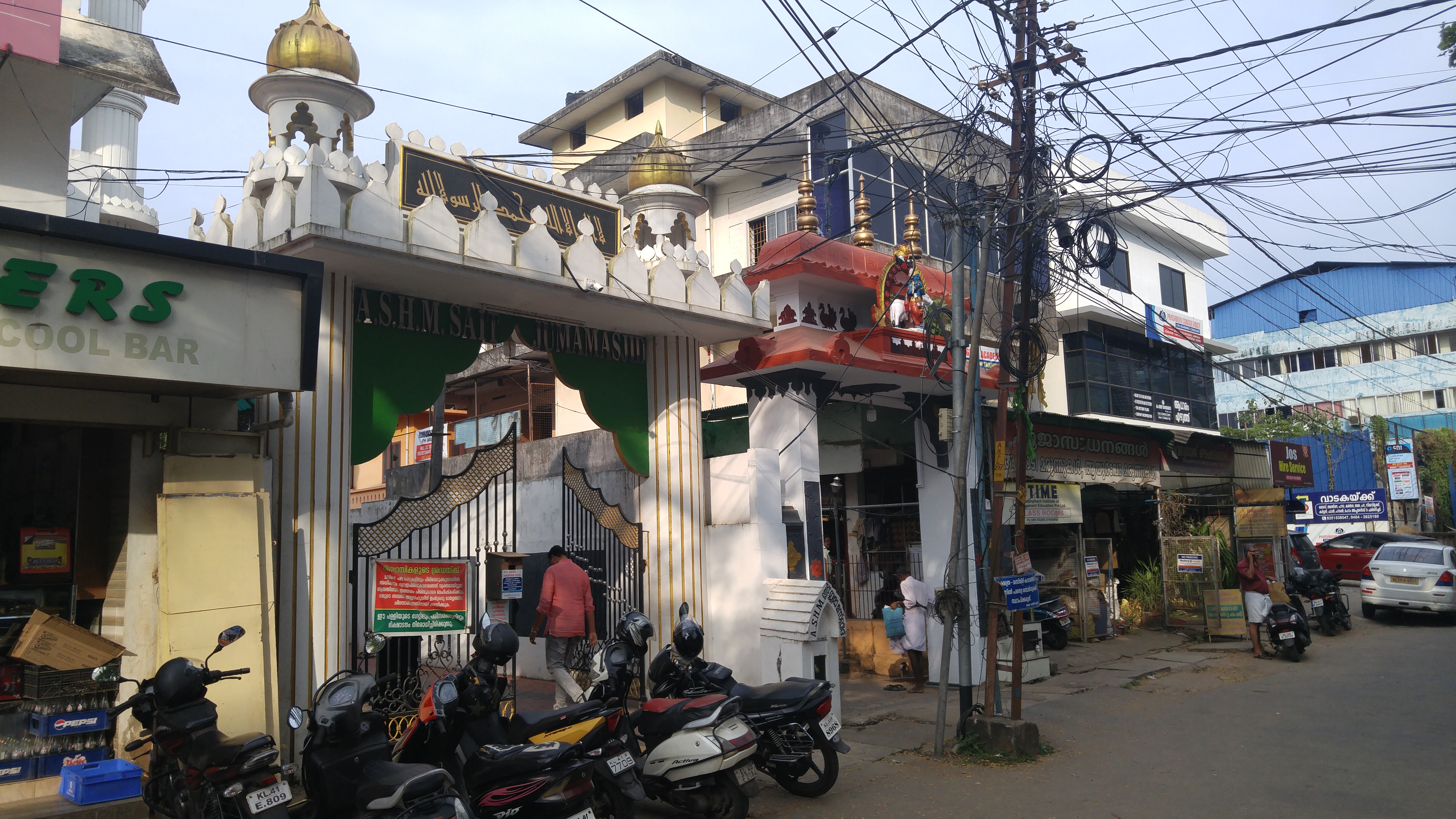
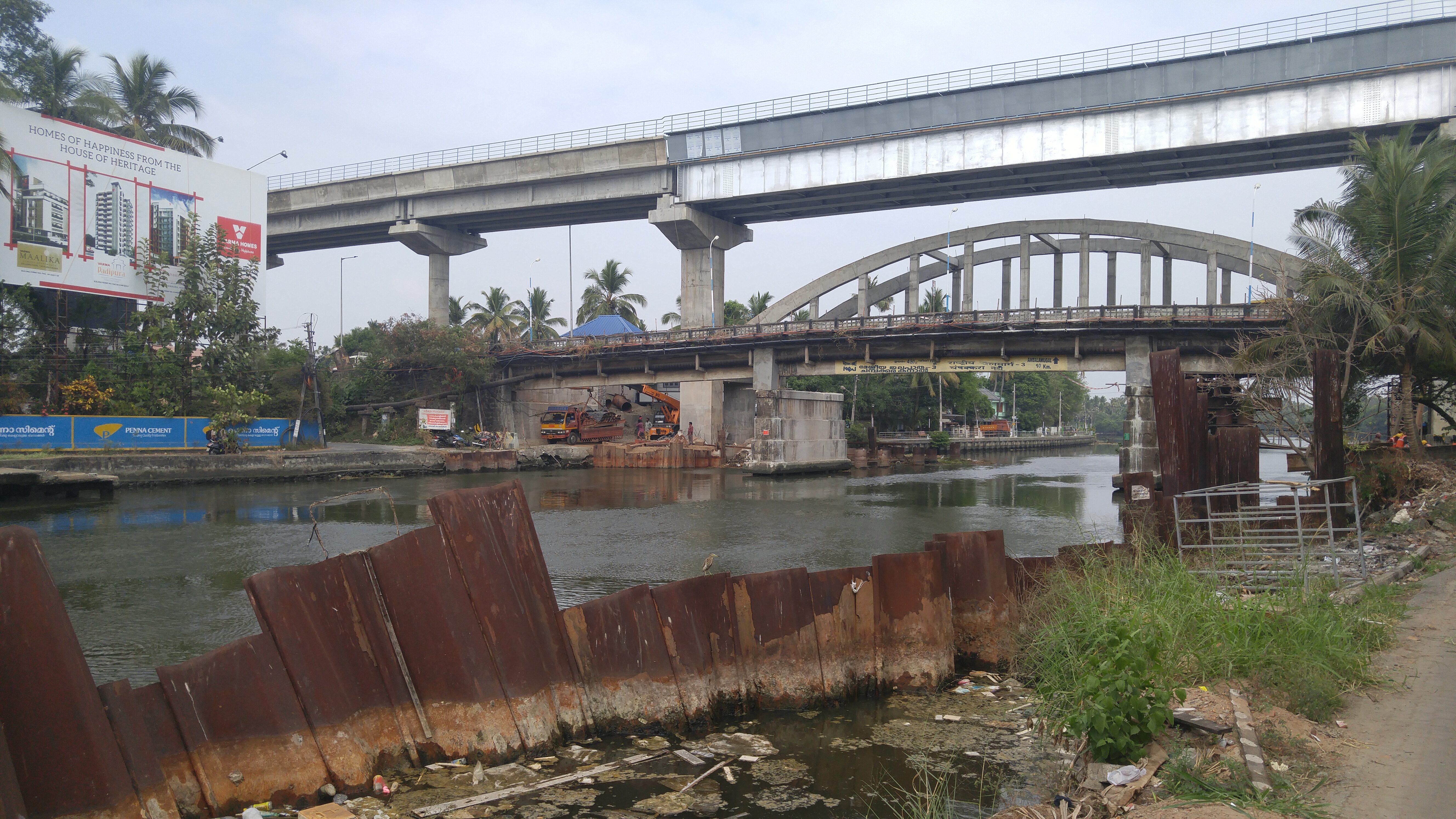
Results: City Lab analysis reveals climate potentials
The City Lab methodology has been successfully adapted to the conditions in emerging economies in the context of this project and has proven to be particularly useful in the context of climate change adaptation and limiting greenhouse gas emissions. After conducting a sectoral analysis, including interviews with stakeholders in the water sector, a list of specific project proposals was generated for the analyzed cities that shall improve their resilience to climate change and help reduce greenhouse gas emissions (see below). Some of the exemplary solutions, such as the proposal for sustainable redevelopment of an urban neighborhood in Kochi, can serve as a blueprint for other cities with similar conditions.
Outlook
Pilot implementation of some of these measures is planned for 2022.
Kochi, India
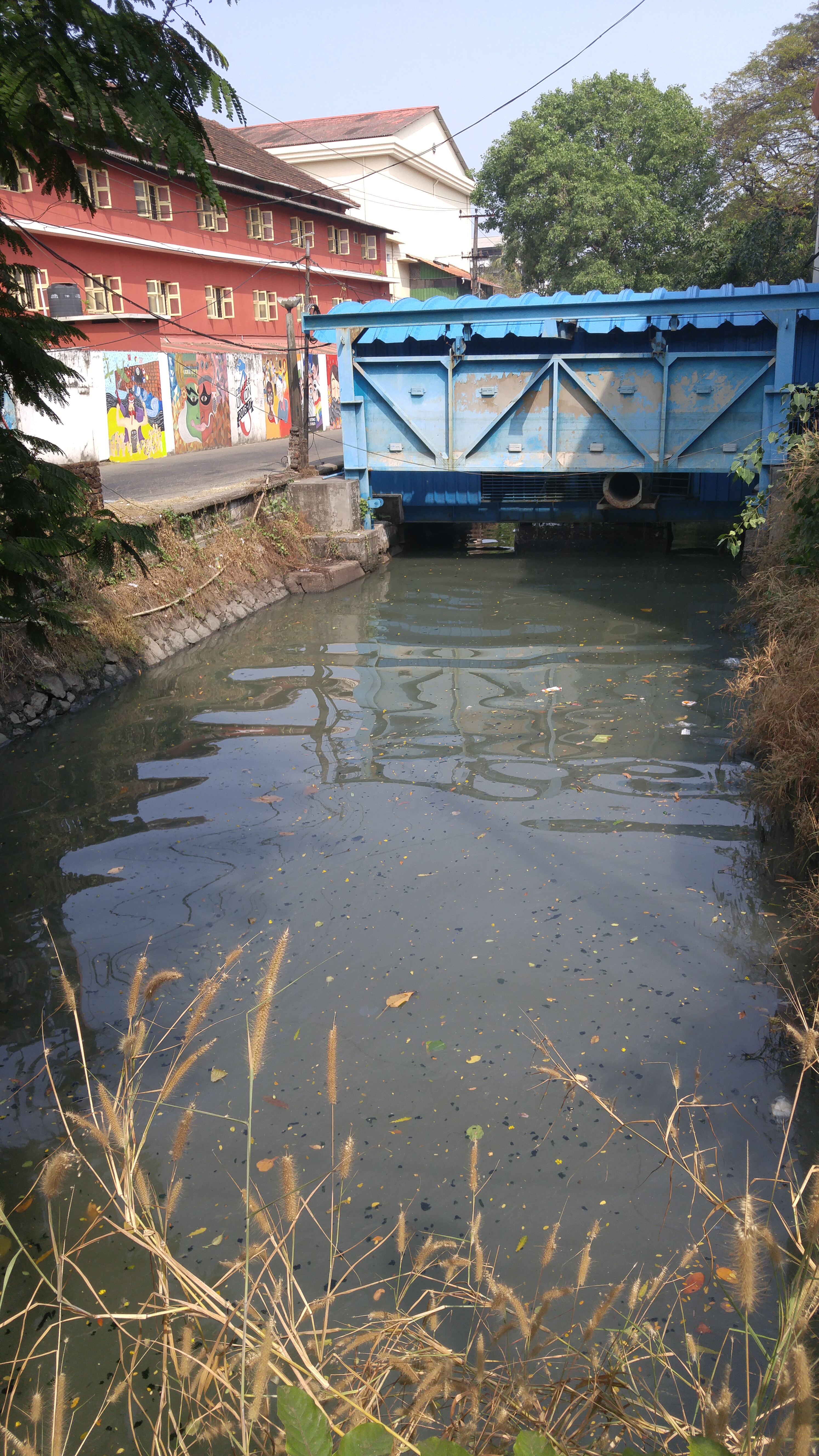
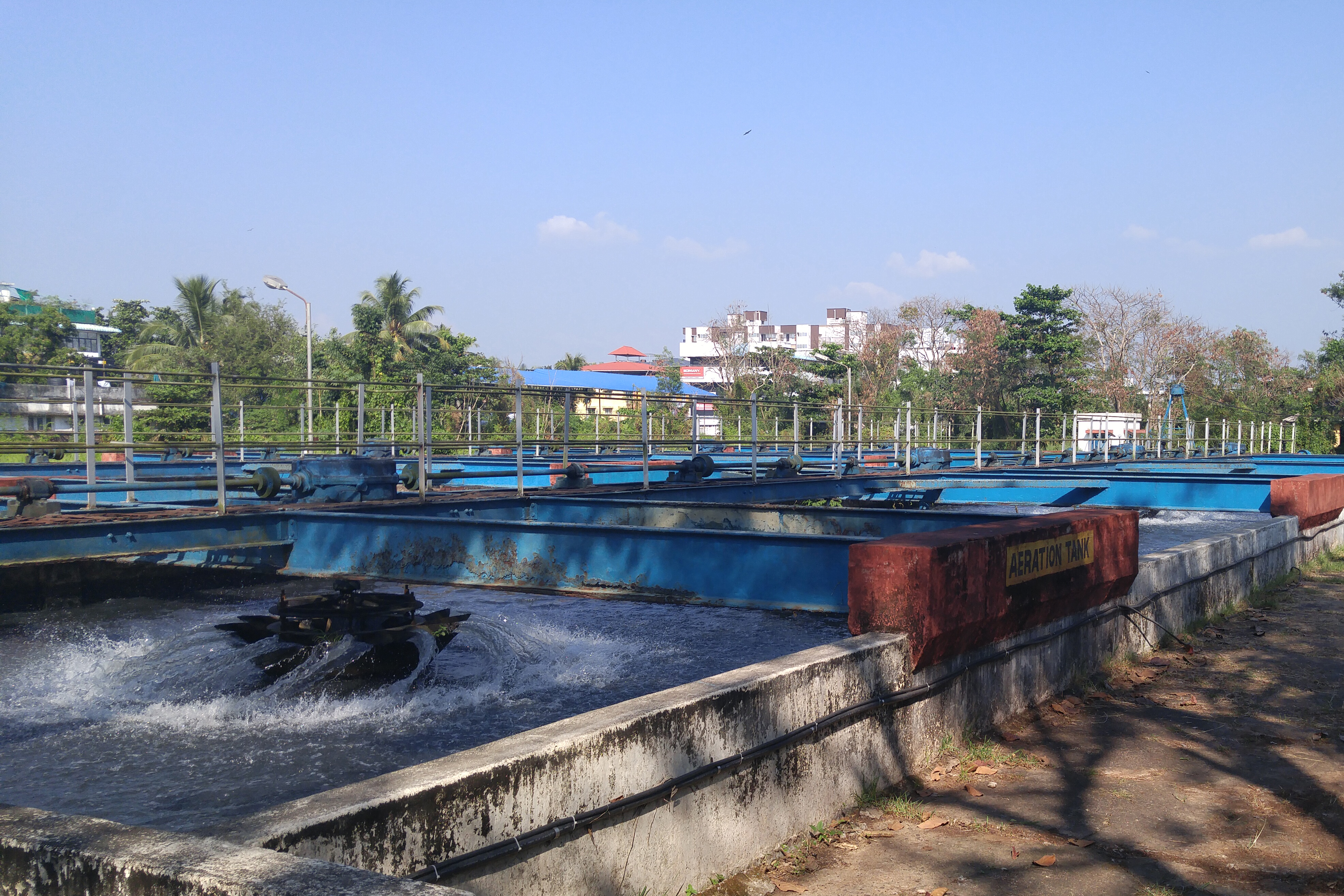
Water sector city profile
The city of Kochi is home to approximately 600,000 inhabitants, whereas the urban agglomeration accommodates 2.1 million habitants. It is the economic, touristic and commercial center of the state of Kerala, which is located in the south-west region of India. The city has become increasingly exposed to the risks and concerns associated with climate change. Kochi lies barely fivee meters above the sea level on average and has a coastline of 48 kilometers. The city is embedded into a complex network of rivers, tidal creeks and backwaters. Over the past decade, increased frequency of extreme rainfall events, sea-level rise and rising temperatures have led to growing concern as well as incidents with fatalities and high property damage.
The main source of water in Kochi is the Periyar River around 20 km northeast of the city. 85 percent of the population has access to the central drinking water supply. As the water is not supplied to all households regularly, they additionally depend on private water tankers or private bore-wells. Water losses due to old, leaky pipes are very high, estimated between 40 and 80 percent. Regarding sanitation, onsite sanitation facilities are the predominant form of containment, namely septic tanks which cover 71 percent of the domestic households. However, only around 3 to 6 percent of households in Kochi are connected to a sewer system, thus most of the sewage is discharged into the environment untreated.
Proposed measures
In Kochi, 15 project proposals were developed and submitted to the city in the form of a roadmap. One of these proposals is the exemplary integrative development of a Sustainable Neighborhood, which includes both renewable energy generation, flood risk reduction and decentralized treatment of household wastewater. This proposal will be further elaborated with local partners during the project and includes the following objectives:
- Through the use of rooftop solar energy, the share of renewable energy increases and the city becomes more independent in electricity generation.
- Decentralized wastewater treatment and organic waste composting will reduce soil and water pollution and improve the quality of life for residents.
- The green infrastructure stores rainwater, reducing the risk of flooding. At the same time, it evaporates water, providing a cooling effect for the entire area.
This exemplary solution for sustainable redevelopment can serve as a blueprint for other areas in the city, as well as for other cities with similar conditions.
Piura, Peru
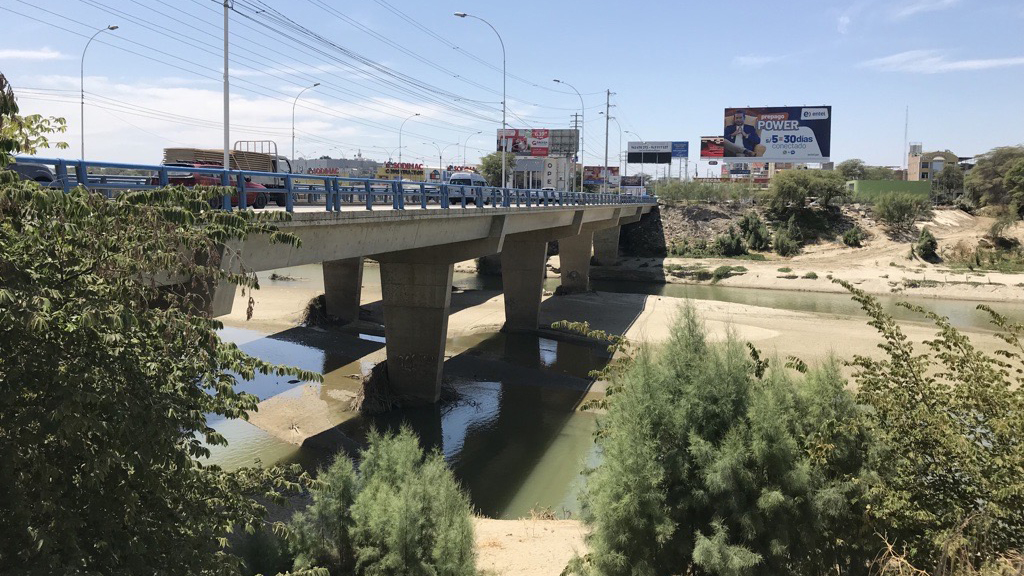
Water sector city profile
The city of Piura has a population slightly larger than 500.000 inhabitants and is the capital of the province of the same name, located in northwestern Peru. The city has developed in a desert region along the Piura River. However, due to the low rainfall, it carries little water most of the year. The river's water quality is poor, in part because of the discharge of sewage and waste. On the other hand, the city's location makes it vulnerable to large-scale meteorological phenomena such as the El Niño-Southern Oscillation (ENSO), which repeatedly causes heavy rains and flooding.
Proposed measures
Piura has great potential to benefit from nature-based solutions (NBS). For instance, the implementation of a floodable park along the banks of the Piura River or a bamboo park were identified as important improvements for the city. A project with great potential for Piura is to implement decentralized wastewater treatment systems that have the great advantage of facilitating the planned reuse of treated water on site for irrigation of green areas. In addition, developing the digitalization of the water supply system for the identification and repair of leaks is another priority that should reduce water losses and thus increase the water availability.
Saltillo, Mexico
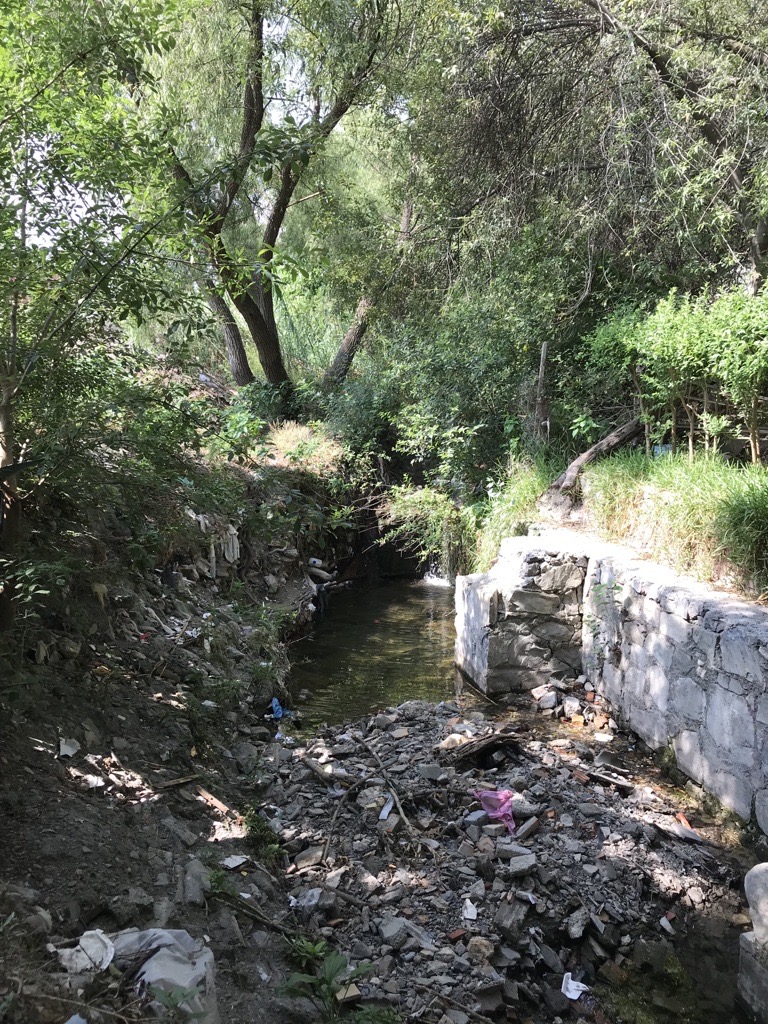
Water sector city profile
The Mexican city of Saltillo has a population of approximately one million inhabitants. Due to its geographic location in the Coahuila Desert, water scarcity is a major issue, and prolonged droughts and floods are expected to increase in intensity and frequency due to climate change. In recent decades, water has played a critical role in the urban and economic development of Saltillo. Therefore, sustainable water management is considered a top priority by the city government. The City's "Environmental Agenda" emphasizes the commitment to initiate a transition to sustainable urban development.
The cities of Piura and Saltillo face similar challenges in the water sector. For example, the average annual rainfall for Piura and Saltillo is 223 and 370 mm, respectively, which is considered critical. Nevertheless, the cities perform well on other indicators, such as connection to centralized drinking water supply at 95 percent (Piura) and 99.6 percent (Saltillo).
Proposed measures
In Saltillo, the responses from the interviewed stakeholders showed a clear common concern regarding water availability. To mitigate water scarcity, an increase of rainwater infiltrating into the permeable soil is targeted. Potential measures for contributing to this transformation include the implementation of green infrastructure all over the city, in the form of rain gardens, green rooftops, vegetated median strips or pedestrian ways, among others. Apart from increasing the infiltration rate during rain events, green infrastructure can serve as sustainable urban drainage systems by intercepting the surface runoff and acting as temporary storage, which is referred to as the “sponge city effect”.
Project information
Project title
MGI – Morgenstadt Global Smart Cities – global approach, local solutions
Project duration
May 2019 – June 2023
Project partners
- Fraunhofer IAO, Stuttgart
- University of Stuttgart, IAT (Coordination)
 Fraunhofer Institute for Interfacial Engineering and Biotechnology IGB
Fraunhofer Institute for Interfacial Engineering and Biotechnology IGB